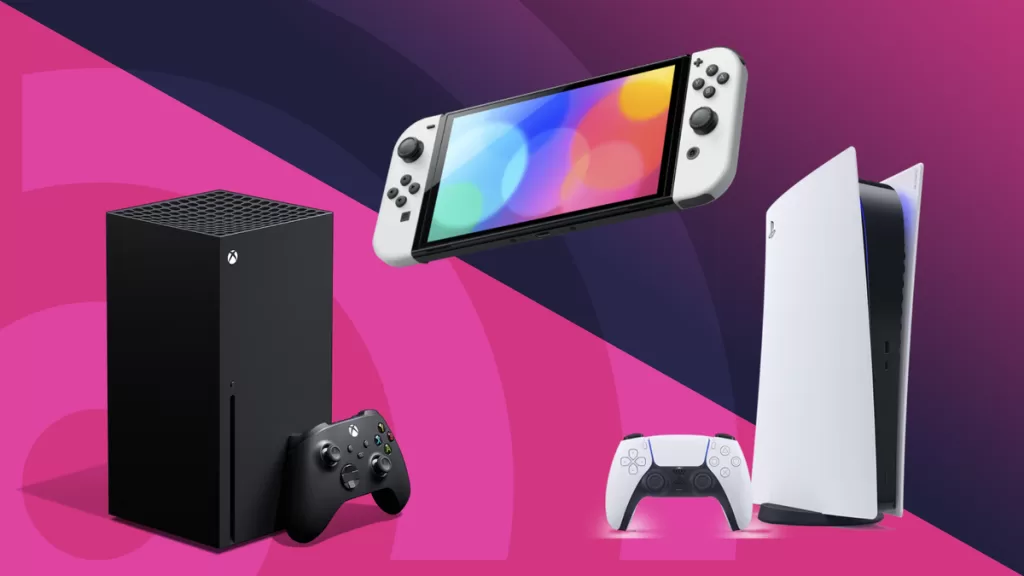Despite PCs remaining the top choice for serious gamers, gaming consoles have seen substantial user growth over the years. In 2025, around 49 million people are expected to use consoles for gaming, nearly ten million more than six years ago. Still, this represents a 6% drop from the 2022 peak, when more than 52 million gamers played on consoles. This drop is part of an ongoing trend, as the console market slows down and falls behind other parts of the gaming hardware industry.
According to data from Betideas.com, the console market is growing twice as slowly as PCs, five times slower than gaming accessories, and three times slower than the overall gaming hardware market.
Annual Growth Rate to Drop to Only 1.8% by 2030
There are a few reasons why console sales are down. Many gamers still use their old consoles as the current generation ages, and no major new releases have arrived. The long wait for new platforms, like Switch 2 and PS6, which isn’t expected before 2027 has also played a huge role, further slowing demand. At the same time, mobile and PC gaming are becoming more popular because they offer quicker and cheaper upgrades, unlike consoles that take years to release new versions.
On top of that, the perfect storm of inflation, higher living costs, tariffs on Chinese-made consoles, and delays of blockbuster titles like GTA, now pushed to 2026, has caused a significant hit to gamers’ spending and enthusiasm. The aftermath shows consoles have become the slowest-growing segment of the gaming hardware market.
According to the Statista Market Forecast survey, the console segment is expected to hit $24.8 billion in revenue in 2025, only 2.8% more than last year. This modest growth is even more alarming when compared to other market segments. For example, gaming PCs and laptops will see nearly twice higher growth rate, rising by 5.3% to $62.3 billion, a third of the market total. Gaming accessories are forecasted to jump by an impressive 16.5% year-over-year, five times the growth in the console segments, and hit a $91.2 billion value, accounting for more than half of the industry’s value. Even the broader gaming hardware market will grow much faster, rising by 10.4% to $178.4 billion.
The market projections for the following years are even less optimistic. Despite the launch of the new Switch 2 console and PS6 expected in 2027, global console sales are set to keep slowing, with the annual growth rate dropping to just 1.8% by 2030. While other segments will also face a slowdown, their growth is expected to stay within a solid range of 4.4% to 8.5% during this period.
User Count to Remain Flat Throughout 2030
Unlike other segments and the broader market, the console segment also faces sluggish user growth, signaling market saturation. Since 2018, roughly 10 million people have flocked to consoles, bringing the total user count to 49 million in 2025. However, this figure is expected to grow very slowly by the end of the decade, reaching 50.7 million in 2030. This means the console market will add 1.7 million new users in five years, much less than other market segments.
In comparison, the number of users in the gaming PCs market will jump by 22 million and hit over 180 million by 2030. Gaming accessories, including controllers, gaming mice and keyboards, headsets with microphones, high-refresh-rate monitors, ergonomic chairs, and VR equipment, will see four million new users, pushing the total to 46.5 million by the end of the decade. Statista expects the broader gaming hardware market to reach 110.5 million users by 2030, nearly 13 million more than this year.

